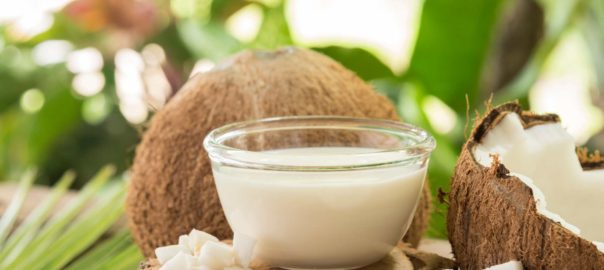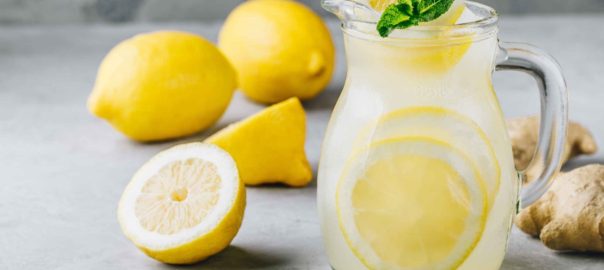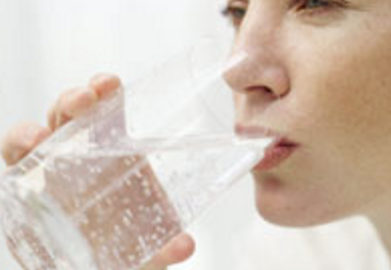Superfood Smoothies
While smoothies are certainly more popular during the warmer months of the year, there’s nothing wrong with enjoying them during the Fall season. A superfood smoothie can be a great way to add a nutrient-dense bump to your diet. To increase your nutrition you can simply change the ingredients in your smoothies. This allows you to take advantage of the season by eating those superfoods that are available at this time of year.
Important notes for smoothie making
- By using bone broth instead of plain ice cubes you’ll be adding a small amount of a wonderful nutrient dense liquid that adds to the health benefits of the smoothies.
- For added protein in each of the smoothies listed below add 1-2 scoops of collagen powder. This odorless, flavorless powder is also highly beneficial for gut health but won’t change the delicious flavor of the smoothie.
- When using almond or coconut milk be sure to read the label and avoid carrageenan. This ingredient, made from a red seaweed, can be highly irritating to the gut.
- Each recipe below makes 2 servings, if desired you can cut the recipe in half to make just a single serving.
- If you want to make two servings and save one for later it’s recommended that you freeze the second serving in order to prevent the ingredients from oxidizing. When you are ready to drink it, thaw a little more than halfway (overnight in the fridge should work) and re-blend. The frozen one may have a thicker consistency when blended depending on how much you let it thaw.
- 2 cups almond or coconut milk
- 3/4 cup chopped walnuts
- 2 cups frozen organic wild blueberries
- 2 tbsp fresh-ground flax seeds
- 2 tbsp organic molasses
- 1-2 tsps cinnamon
- 4 bone broth cubes
- 6 oranges, washed, peeled and sectioned
- 2 cups frozen cranberries,
- 1 16-ounce bottle cranberry kombucha
- 1 ½ tsp vanilla extract
- 6 bone broth cubes
- 1/3 C gluten-free oats
- ½ C pumpkin puree
- 1 ½ C organic Greek yogurt
- 2 medium organic Fuji apples (about 2 cups)
- 1 banana, frozen and broken into pieces
- 1 C almond or coconut milk
- ¼ t pumpkin pie spice
- 6 bone broth cubes
- 1 frozen banana, broken into chunks
- ¼ cup shredded carrots
- 1 tbsp vanilla extract
- 1- 1½ tsp cinnamon (to taste)
- generous pinch nutmeg
- 1 C organic yogurt
- ½ C almond or coconut milk
- ¼ t ginger
- 4 bone broth cubes
More great Fall recipes
- Pumpkin Recipes for Fall
- Pumpkin Oat Breakfast Bars
- Seasonal Superfood Recipes for Fall
- Tuscan Lentil Stew (although this one is delicious anytime)
If you enjoyed this article, please join my community to receive more information and special offers with my free newsletter, Food News You Can Use (I do the research so you don't have to) Every week you'll get an email with updates to help you stay informed about all the ingredients for living a healthy life.

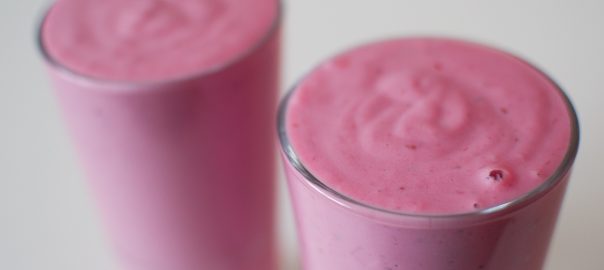
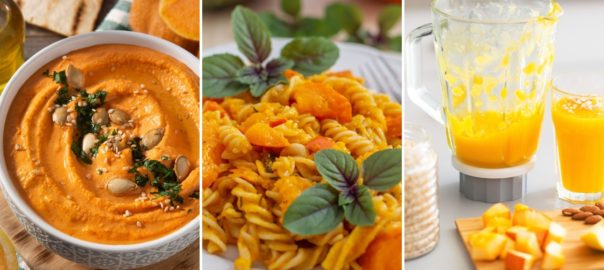
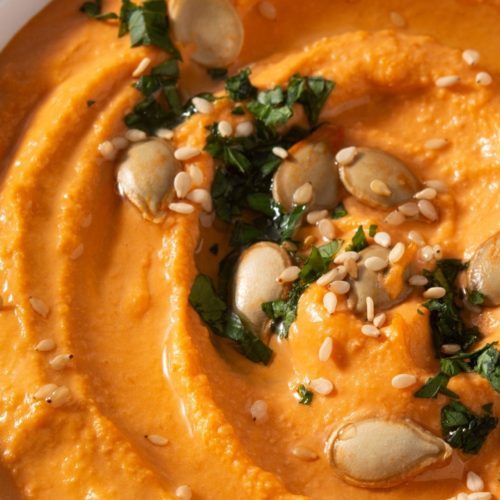
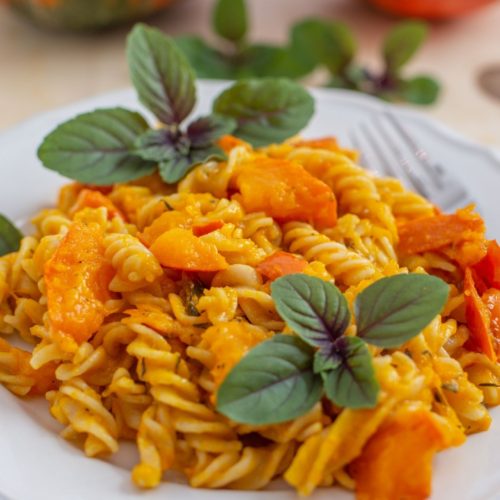
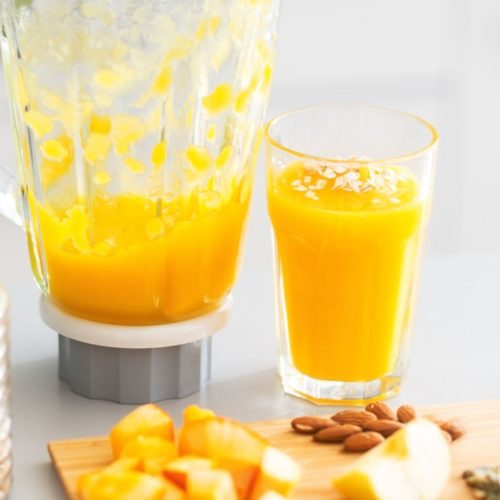
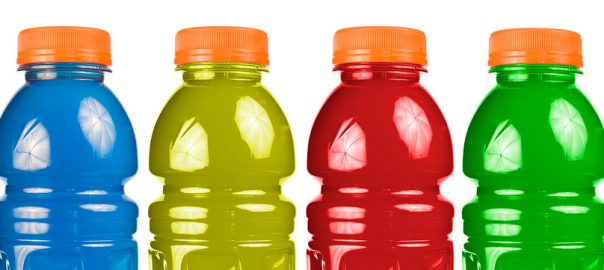
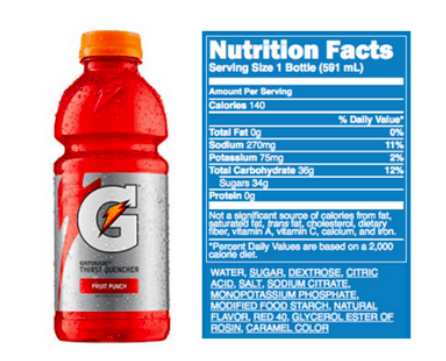












 personal frustration with this product is how it is labeled. The ingredients are extremely small red/orange print on a brown background. This makes it very difficult to read, a choice that I have to believe is deliberate on the part of the manufacturer. I find it deceptive when manufacturers label with this type of print or grey print on a dark background. Anytime the label is not clear and easy to read I have to wonder what they are hiding.
personal frustration with this product is how it is labeled. The ingredients are extremely small red/orange print on a brown background. This makes it very difficult to read, a choice that I have to believe is deliberate on the part of the manufacturer. I find it deceptive when manufacturers label with this type of print or grey print on a dark background. Anytime the label is not clear and easy to read I have to wonder what they are hiding.